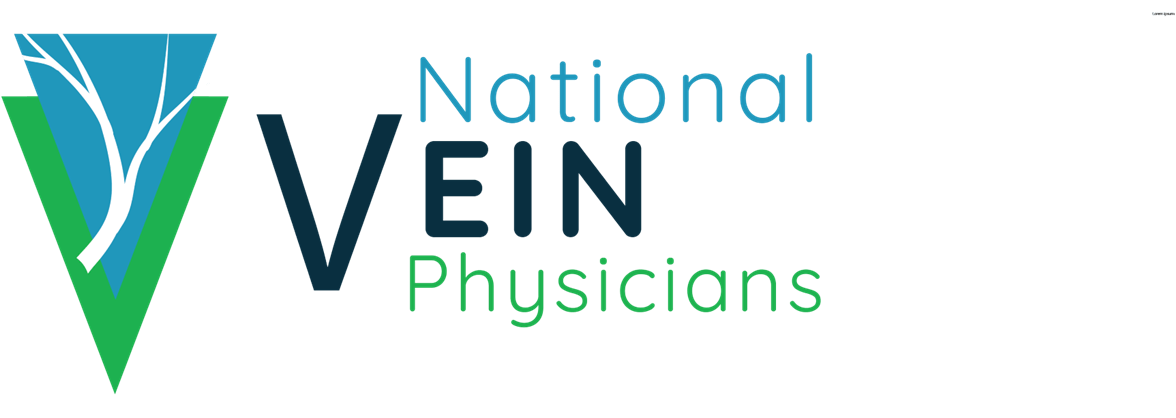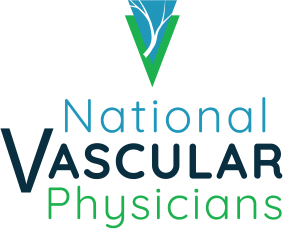Vein Disease Treatment in National Harbor, Rockville, MD and Roanoke, VA
What are Varicose Veins?
Varicose veins are enlarged veins most often found in the legs. These veins develop when faulty valves in the veins allow blood to pool in the leg veins. These veins can appear enlarged, swollen, twisting and blue or purple in color. Patients may experience symptoms such as aching legs, swollen ankles and spider veins. Some patients with advanced disease may experience skin discoloration, itching and pain in the legs.
Who is at risk for this vein disease?
- Female sex
- Pregnancy
- Increased weight
- Smoking
What does the research say?
- Minimally invasive endovenous therapies are as effective as surgery for this vein disease
- Endovenous therapies have a 98% initial success rate
- Nonsurgical therapies may have faster recovery times than surgery
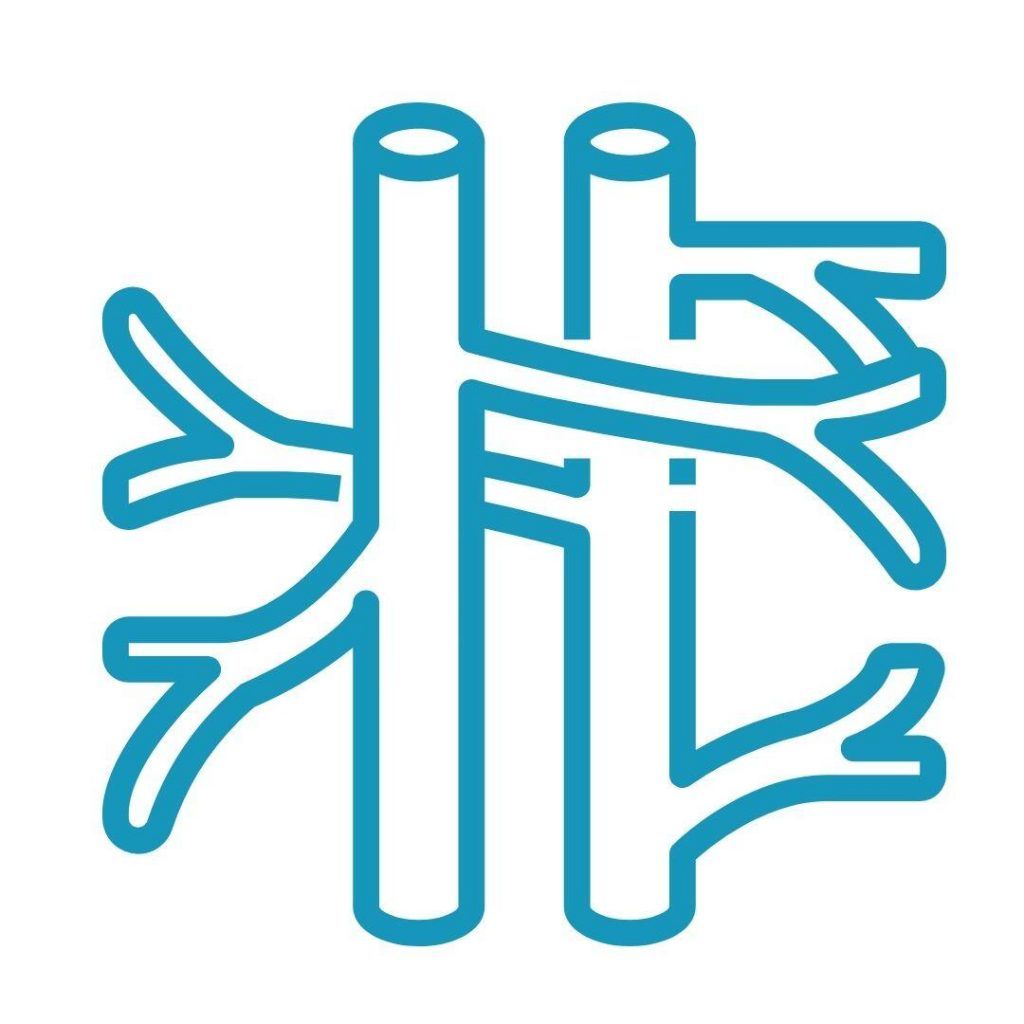
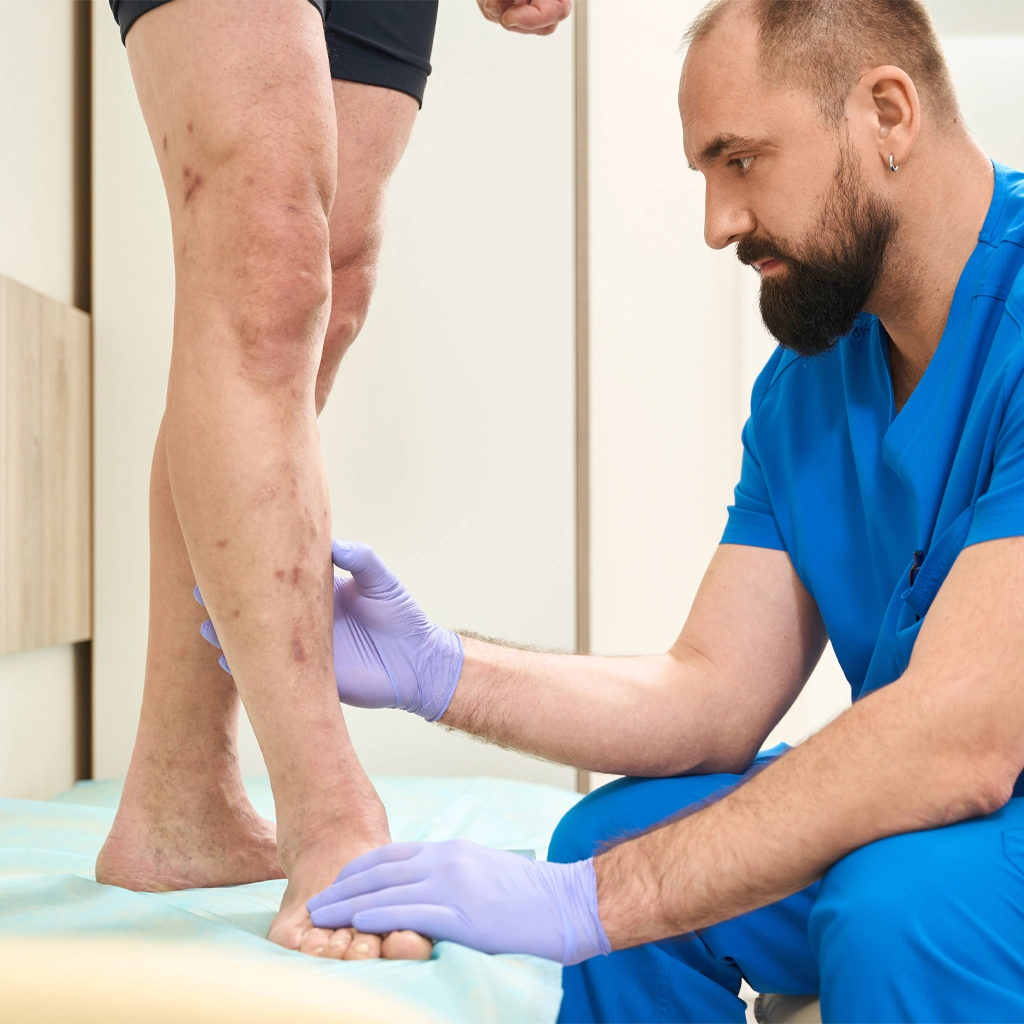
Varicose veins symptoms
- Aching or throbbing leg pain
- Leg heaviness/fatigue
- Skin discoloration
- Skin ulcers
- Leg swelling
If you are experiencing signs and symptoms of varicose vein disease and are finding it difficult to perform your daily activities and maintain your way of life, contact your primary care physician immediately.
Varicose Vein Treatment Options
Conservative treatment
Compression stockings are a mainstay of varicose vein disease treatment. The stockings compress the legs and the leg veins to reduce the backflow of blood towards the feet. While stockings may reduce the pain and swelling associated with varicose veins, they cannot address the appearance of them.
Surgical treatments
Since the development of endovenous therapies, surgical treatments (including ligation and vein stripping) are rarely used anymore. Surgery may require multiple incisions to remove and ligate the affected veins. Surgery requires a hospital stay, the use of general anesthesia and can result in scarring.
Endovenous treatment
Thanks to advances in medicine, National Vascular Physicians is able to offer, safe and effective minimally invasive treatments for varicose and spider veins:
Thermal ablation
Thermal ablation includes laser ablation or radiofrequency ablation. These are minimally invasive procedures in which a leg vein is accessed using a small needle under direct ultrasound visualization. A catheter is advanced in the affected vein. Laser or radio waves are transmitted through the catheter to close the affected vein. This causes the varicose vein to shrink and is eventually absorbed by the body.
Sclerotherapy
A minimally invasive procedure in which a leg vein is accessed using a small needle under direct ultrasound visualization. A catheter is advanced in the affected vein. A sclerosing agent is infused to close the affected vein.
This technique is widely used for spider veins (surface veins that cause skin discoloration) to improve the appearance of the skin on the legs.
Is endovenous treatment right for me?
You may be a candidate for endovascular therapy if:
- You have swelling of legs worsening throughout the day
- You have dilation of leg veins
- You have skin color changes or ulceration of the lower legs
Key advantages of endovenous treatment at National Vascular Physicians:
Endovenous treatments are a safe treatment option and like other minimally invasive procedures have significant advantages over open surgery. The doctors at National Vascular Physicians have undergone extensive training to perform endovenous treatments and are among the most experienced doctors in the region performing these procedures.
Additionally, our doctors are experts in diagnosing and treating vascular disease; if your varicose veins are a sign of more significant vascular disease, they can help fully diagnose your condition and provide you with the full range of treatment options.
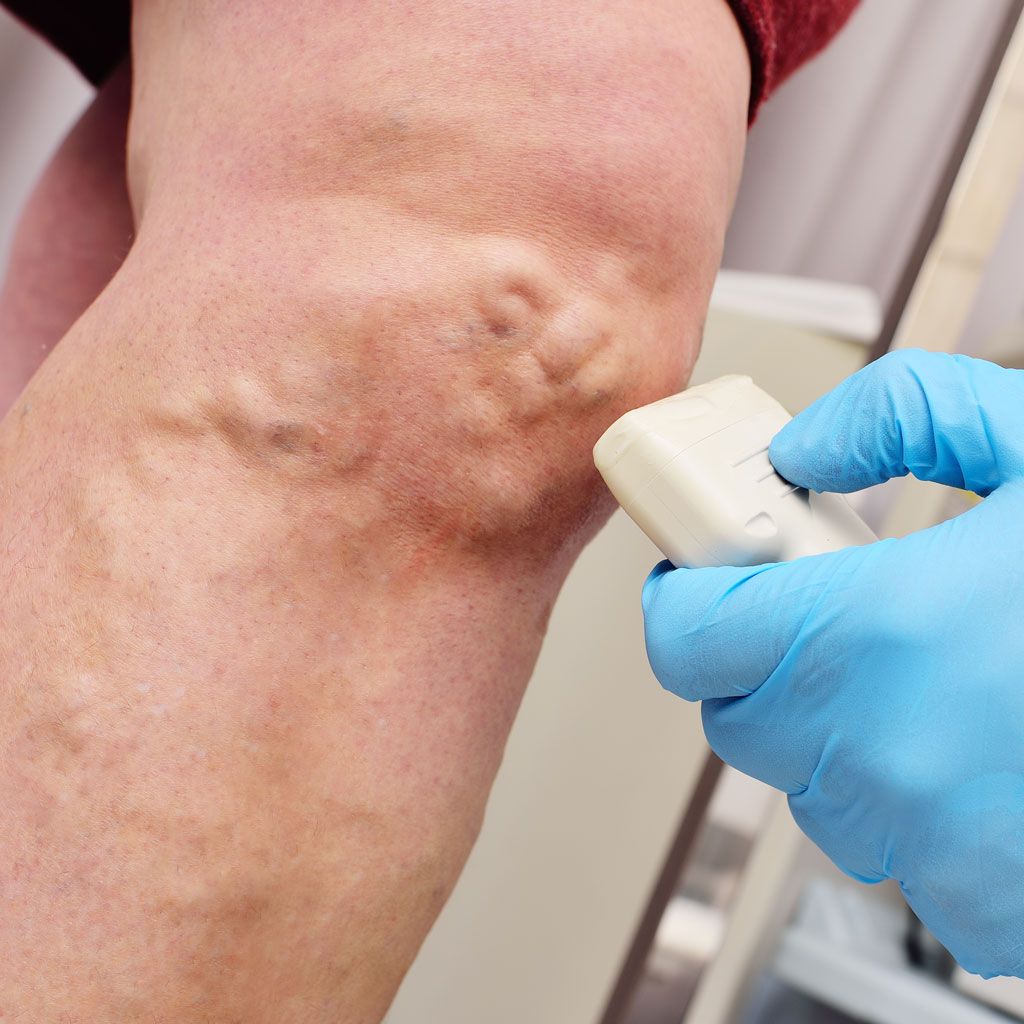
Benefits of endovenous treatment for varicose veins:
- Extensive research demonstrating treatment effectiveness
- Same day procedure
- No general anesthesia required
- Short recovery time
- Reduced risk of limb loss
- Covered by most insurance
Risks
Although complications of endovascular therapies are rare, any medical procedure carries some degree of risk. Despite the low risk factor, it is important to understand the potential complications associated with endovenous treatments. These include:
- Bruising
- Blood clot development in the deep veins
Chronic Venous Insufficiency
What is Chronic Venous Insufficiency?
Varicose veins are enlarged veins most often found in the legs. These veins develop when faulty valves in the veins allow blood to pool in the leg veins. These veins can appear enlarged, swollen, twisting and blue or purple in color. Patients may experience symptoms such as aching legs, swollen ankles and spider veins. Some patients with advanced disease may experience skin discoloration, itching and pain in the legs.
Over time, CVI can cause pain, swelling, and skin changes in your legs. It may also lead to open sores called ulcers on your legs.
Who is at risk for Chronic Venous Insufficiency?
- Female sex
- Pregnancy
- Increased weight
- Smoking
What does the research say about Chronic Venous Insufficiency?
- Minimally invasive endovenous therapies are as effective as surgery
- Endovenous therapies have a 98% initial success rate
- Nonsurgical therapies may have faster recovery times than surgery
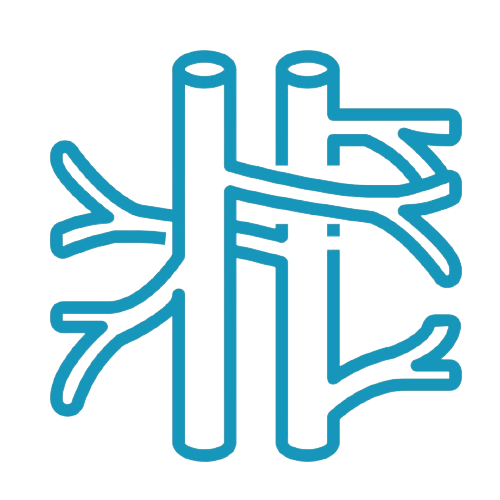
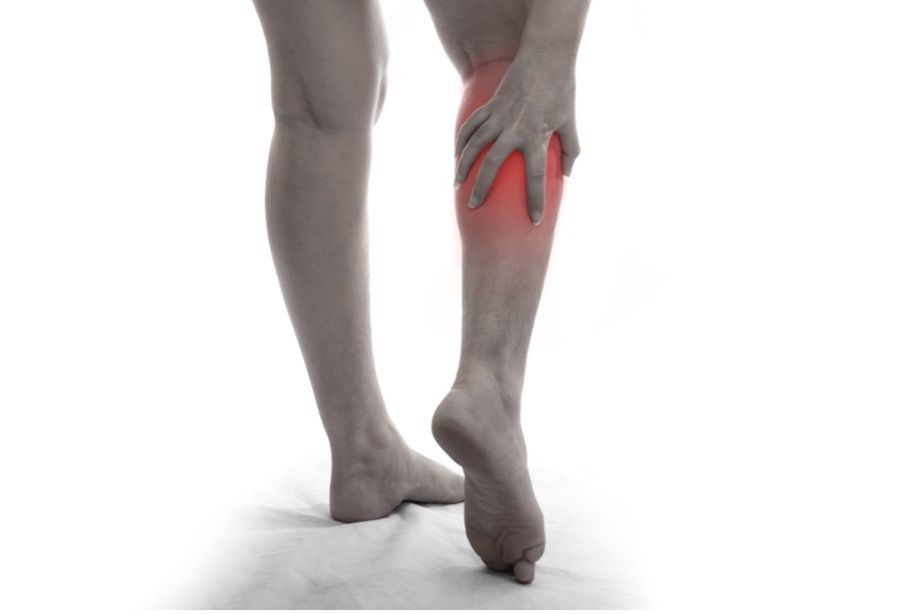
Symptoms of Chronic Venous Insufficiency
Common symptoms associated with varicose veins:
- Aching or throbbing leg pain
- Leg heaviness/fatigue
- Skin discoloration
- Skin ulcers
- Leg swelling
Endovenous Treatment
If you and your healthcare provider determine that you have Chronic Venous Insufficiency, it is a good idea to discuss the various treatment options available, including Endovenous Treatment.
Thermal ablation
Thermal ablation includes laser ablation or radiofrequency ablation. Minimally invasive procedure in which a leg vein is accessed using a small needle under direct ultrasound visualization. A catheter is advanced in the affected vein. Laser or radio waves are transmitted through the catheter to close the affected vein.
Sclerotherapy
Minimally invasive procedure in which a leg vein is accessed using a small needle under direct ultrasound visualization. A catheter is advanced in the affected vein. A sclerosing agent is infused to close the affected vein.
Is endovenous therapy right for me?
You may be a candidate if:
- You have swelling of legs worsening throughout the day
- You have dilation of leg veins
- You have skin color changes or ulceration of the lower legs
Key Advantages
Endovenous treatments are a safe treatment option and like other minimally invasive procedures have significant advantages over open surgery.
Benefits
- Extensive research demonstrating treatment effectiveness
- Same day procedure
- Local anesthesia
- Short recovery time
- Reduce risk of limb loss
Potential Risks
Although complications of endovascular therapies are rare, any medical procedure carries some degree of risk. Despite the low risk factor, it is important to understand the potential complications associated with endovenous treatments. These include:
- Bruising
- Blood clot development in the deep veins
Other Vein Disease Treatment Options
Medical Treatments
Compression stockings are a mainstay of varicose vein treatment. The stockings compress the legs and the leg veins to reduce the backflow of blood towards the feet.
Surgical Treatments
Surgical treatments including ligation and stripping are rarely used for treatment with the development of endovenous therapies. Surgery may require multiple incisions to remove and ligate the affected veins.
Other Vein Conditions and Treatments
Pelvic congestion syndrome
May-Thurner syndrome
Deep Venous Thrombosis (DVT)
A thrombosis is a blood clot. A deep vein thrombosis (DVT) refers to a blood clot in the leg that does not travel to other parts of the body.
Pulmonary Embolism (PE)
Pulmonary embolism is a blockage in an artery in the lungs. It occurs when a blood clot – usually from the legs (deep vein thrombosis) – breaks off, is carried through the bloodstream and lodges in the arteries in the lungs. This blocks the flow of blood through the heart, which may lead to death.
Chronic Venous Disease (CVD)
CVD refers to other chronic conditions related to or caused by veins that become diseased or abnormal. These problems can include:
- Varicose Veins & Spider Veins
- Leg Swelling
- Leg Pain
- Leg Skin Changes
- Chronic Venous Insufficiency
- Leg Ulcers
- Phlebitis
- Vascular Malformations

